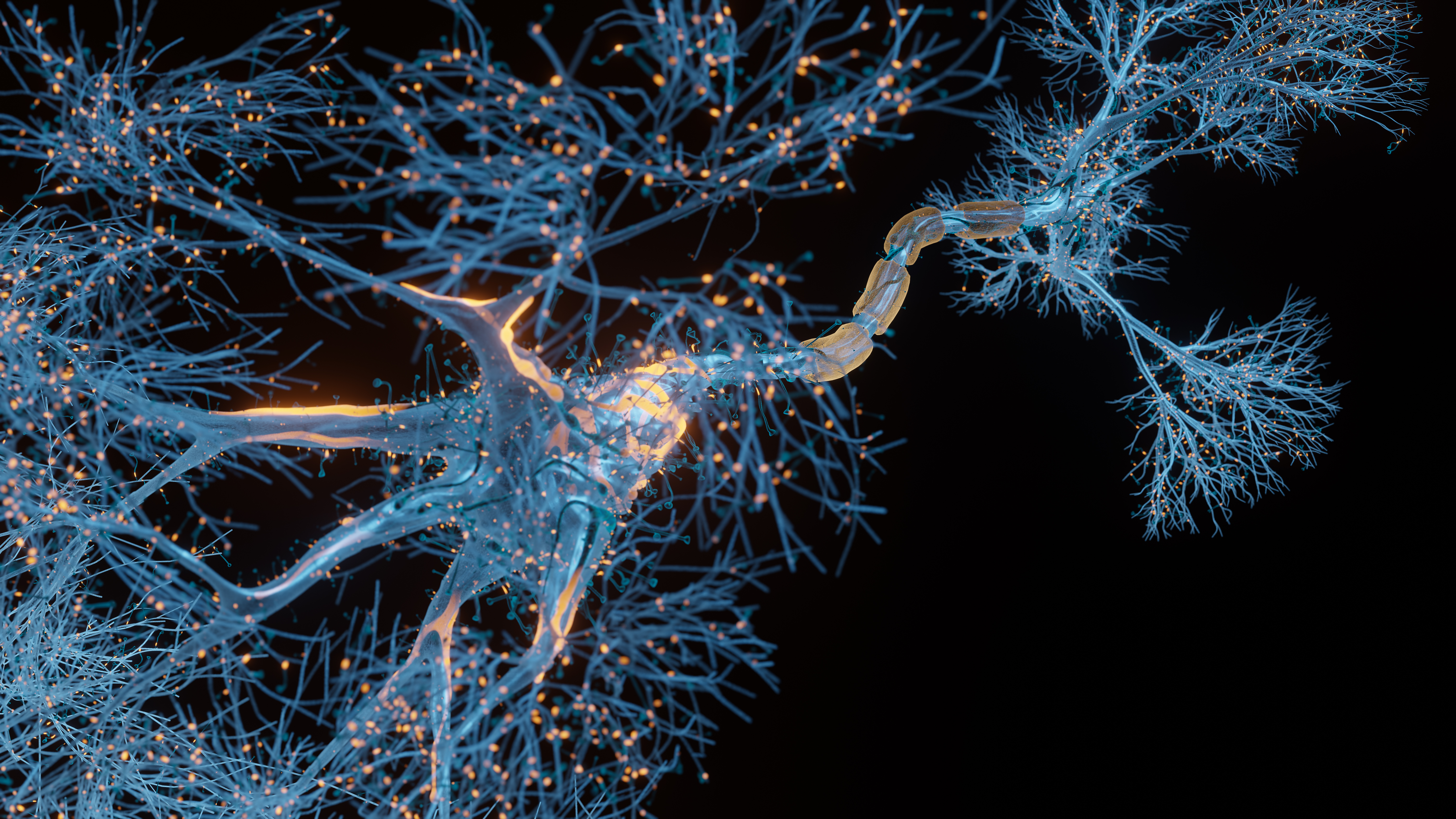Amyotrophic lateral sclerosis (ALS) is a relentless neurodegenerative disease that has eluded effective treatment for over a century. Recent high-profile failures in ALS drug trials highlight a critical gap in the drug development process: the need for more reliable cell models to better predict clinical outcomes.
Recent Setbacks in ALS Drug Development
The recent failures of ALS drugs in clinical trials have sent shockwaves through the scientific and patient communities. Amylyx Pharmaceuticals' ALS drug Relyvrio (AMX0035) is one such case [1]. After a promising start with phase 2 trials, the phase 3 PHOENIX trial failed to meet its primary endpoint. This led to Amylyx withdrawal of Relyvrio from the market.
Similarly, Biogen and Ionis Pharmaceuticals halted the development of their experimental ALS drug BIIB105, despite achieving the intended biological effects [2]. The drug lowered ataxin-2 protein levels but failed to impact key clinical outcomes such as breathing, strength, and overall function. Additionally, BIIB105 did not substantially reduce neurofilament light chain (NfL) levels, which are increasingly recognized as a critical biomarker for neuronal damage and disease progression in ALS.
These failures underscore a persistent issue in ALS research: the gap between preclinical success and clinical efficacy. The inability to accurately predict clinical outcomes from preclinical models results in wasted resources and delayed progress in finding effective treatments.
Neurofilament light chain (NfL): a pivotal biomarker in ALS research
Reliable biomarkers are crucial in bridging the gap between preclinical models and clinical efficacy, offering measurable indicators of disease progression and drug response.
Neurofilament light chain (NfL) has emerged as a pivotal biomarker in ALS research. Elevated NfL levels are indicative of neuronal damage, and their reduction is increasingly seen as a promising sign of therapeutic effect. This shift is exemplified by the FDA's approval of Qalsody, which was based on its ability to lower NfL levels, despite not significantly slowing disease progression in traditional clinical measures.
The acceptance of NfL as a reliable biomarker underscores its potential to serve as an early indicator of drug efficacy, facilitating quicker and more accurate assessments of therapeutic candidates.
Incorporating such biomarkers into the evaluation process can enhance the predictive power of preclinical models, ensuring that only the most promising drugs advance to costly and time-consuming clinical trials.
The Role of Reliable Cell Models
Traditional animal models and simplistic cell cultures often fail to capture these clinically-relevant biomarkers. Innovations based on human-induced pluripotent stem cells (iPSCs) offer a promising alternative.
These cells can be derived from patients and differentiated into various cell types, including motor neurons affected by ALS. This allows researchers to study the disease in a human context, with key biomarkers, providing more accurate insights into disease mechanisms and drug responses.
The Path Forward
The integration of reliable cell models in ALS drug discovery and development is not just a technological advancement; it is a necessity. Embracing innovative cell models and biomarkers can streamline the drug development process, reduce costly failures, and bring effective treatments to patients faster.
At Ncardia, we have developed advanced assays utilizing human iPSC-derived motor neurons with a CRISPR-engineered TDP-43 point mutation to accurately quantify ALS phenotypes.
These assays enable the detailed study of critical disease markers, including neurofilament light chain (NfL) secretion, and can be used in large screening campaigns.
By replicating these key aspects of ALS pathology in a human cellular context, Ncardia's assays provide a robust platform for screening potential therapeutics and understanding their mechanisms of action.
If you are interested in understanding how this platform can boost your ALS research, contact our experts.
REFERENCES
[2] https://www.biopharmadive.com/news/biogen-ionis-als-drug-discontinue-study-results/716345/

